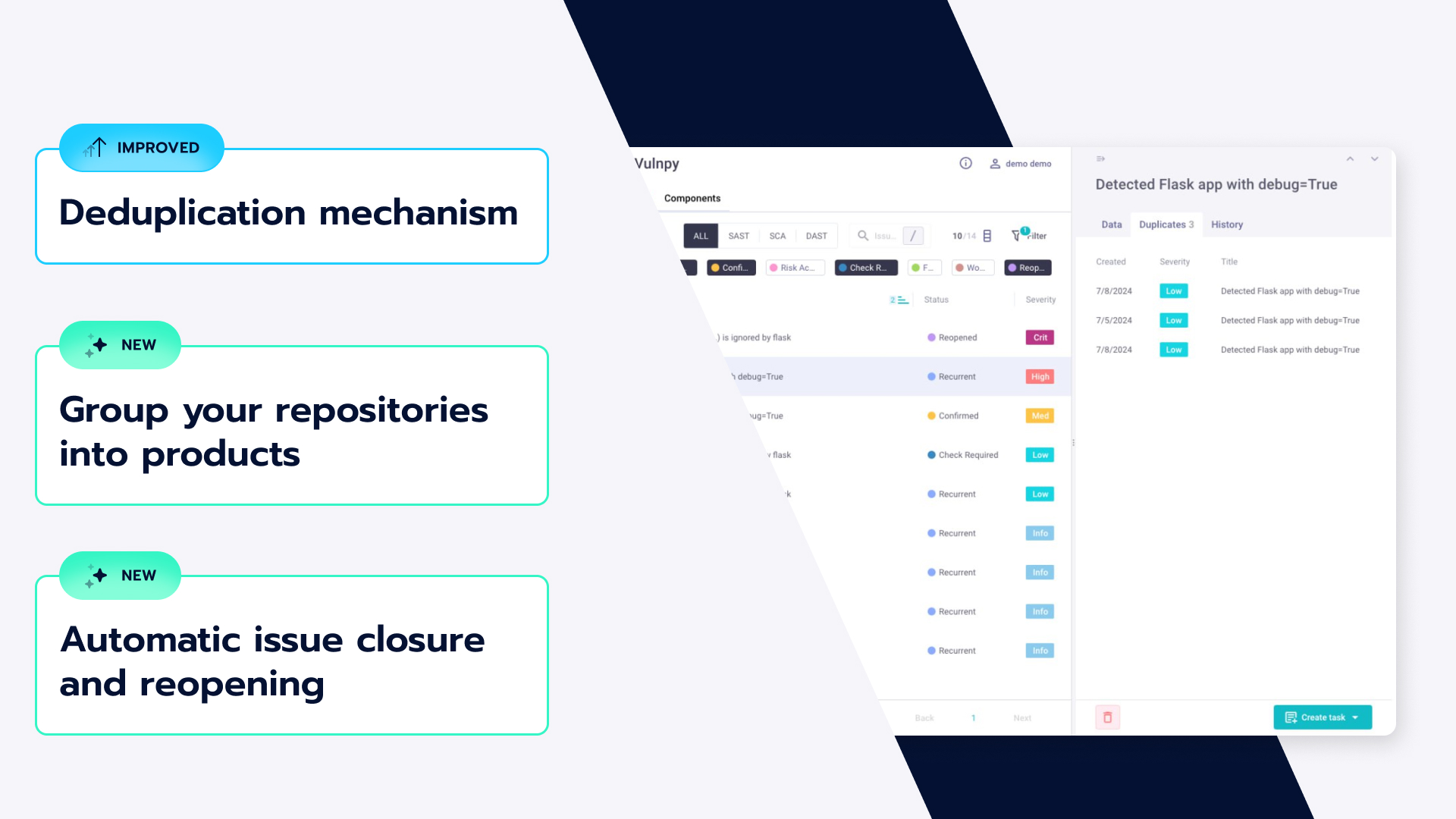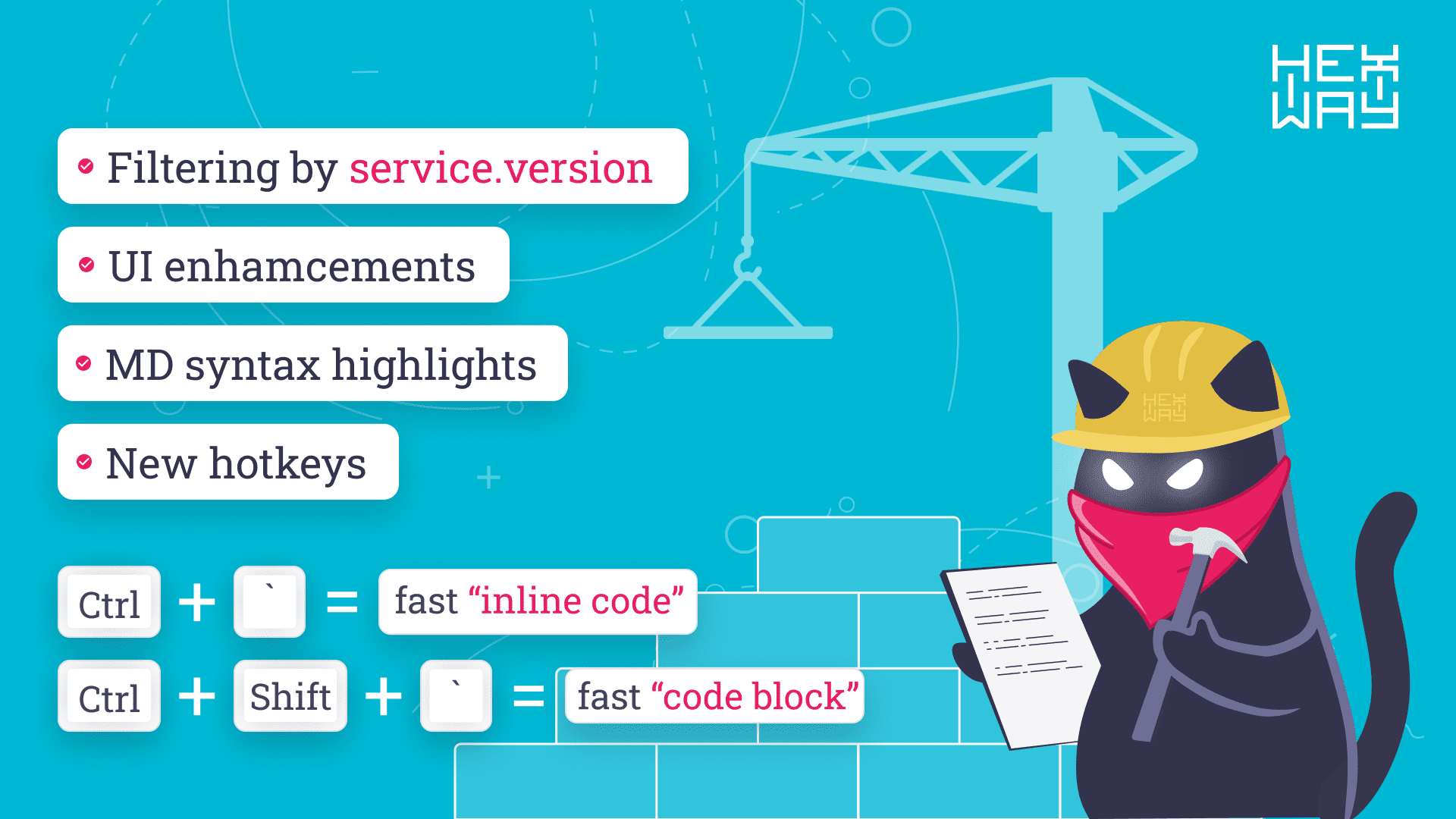Cyber Security Attacks: Concept, Types, How to Protect?

What is a Cyber Threat?
Today our whole life is inextricably linked with the Internet and computers: entertainment, communication, travel, medicine, shopping, and so on. All critical infrastructure, like power plants, hospitals, banking organizations, is connected to the Internet. That is why cybersecurity remains extremely important and relevant.
Information security threats are possible actions that can lead to information security breaches.
Without exception, all Internet users are at risk of being hacked. Without a robust cybersecurity plan, hackers and other adversaries can easily access a computer system and misuse personal, customer, and business information that a company uses, stores, transmits, or otherwise processes.
A lot of new and evolving cybersecurity threats are putting the information security industry on high alert. Increasingly sophisticated cyberattacks using malware, phishing, machine learning, and artificial intelligence, and more put the data and assets of corporations, governments, and individuals at constant risk.
Types
The types of cybersecurity threats are very diverse; there are many classifications. Let’s get deeper into it.

Malware (malicious software) is designed to gain unauthorized access to or damage a computer system. Malware is a general name for many types of cyber threats, including:
- Exploits are hacker utilities designed to exploit vulnerabilities in software.
- Backdoors allow users to bypass security mechanisms.
- Rootkits are means of hiding malicious activity (for example, other applications will not be able to detect files belonging to unwanted software).
- Keyloggers are software that records various user actions – keystrokes, mouse movements, and clicks, etc.
- Adware is unwanted software that intrusively displays advertising banners.
- Trojans are a wide class of malicious objects for various purposes, which usually do not have their own propagation mechanism (i.e., they cannot infect files or replicate their copies over the network). The name comes from the early tactics of their infiltration – under the guise of a legitimate program or as a hidden addition to it.
- Worms are malicious programs that can reproduce themselves on computers or over computer networks.
- Viruses are programs that inject their code into other applications, so that each time an infected object is launched, this code is executed.
- Ransomware is malware that in any way blocks a user's access to data and demands a ransom to unblock it.
Malware attacks affect almost all Internet users. Large organizations suffer from malware primarily because of their ability to pay a ransom. A typical attack is encrypting, for example, user databases or sensitive company data and then requiring that the victim pays to recover this business-critical information. Cybercriminals attack website servers using exploits, trojans, and worms to steal customer and user information, including bank card data, which entails financial losses.
The most dangerous and sophisticated malware is custom-built by government intelligence agencies or cybercriminal groups associated with them. Such programs are aimed at a specific victim. It can also be used to collect and steal classified data or even for sabotage.
A hacker attack is an attempt on a security system or unauthorized entry into a computer system in order to manipulate it. Attacks are carried out using special scripts or malware that manipulates the processing of data received over a network connection. Hacking techniques include the use of malware and DoS/ DDoS attacks.

A hacker uses their knowledge and skills to gain unauthorized access to confidential information, like banking or personal data, for profit.
- DoS (Denial-of-Service) / DDoS (Distributed Denial-of-Service) — a stream of false requests that tries to block a selected resource either by attacking the communication channel, which is "clogged" with a huge volume of useless data or by directly attacking its server.
- In a man-in-the-middle (MITM) attack, the adversary controls a communication channel between two systems and can alter transmitted information. The purpose of such attacks is to steal or falsify the transmitted information or to obtain unauthorized access to network resources. MITM attacks can be extremely difficult to track down.
- Social engineering is an attack method based on the peculiarities of human psychology. The main goal of social engineering is to gain access to confidential information, passwords, banking data, and protected systems.
- Phishing is a type of Internet fraud aimed at obtaining confidential user data – logins and passwords. Phishing attacks are carried out through messages (typically emails) that appear to be coming from a reliable source.
- Vishing is a type of phishing that uses social engineering and is performed through phone calls
- Smishing uses text messages. The principle is the same as in an email phishing attack: an adversary sends a text message with a malicious link from a seemingly legitimate sender (e.g., a trustworthy company).
How to protect from Cyber Threats?

It must be understood that cybersecurity operates on the same principle as physical security does: its purpose is to ensure the protection of users and their computer systems. In the real world, it is possible to install a video intercom and lock on all windows. On the Internet, it is not that simple. Hackers can gain access to information in a variety of ways. They may even convince you to deliberately send them data simply because you don't realize you are being tricked.
However, there are simple ways to defend against intruders:
- use licensed software only
- update your software regularly
- do not store sensitive information in the open or in the public domain
- regularly create backups of systems and store them on dedicated servers separate from the network segments of working systems
- minimize user privileges as much as possible and limit the time of ownership of privileged access
- use different accounts and passwords to access different resources
- use multi-factor authentication wherever possible.
Avoid using simple passwords
- apply a password policy with strict requirements for the minimum length and complexity of passwords
- make sure that users cannot set dictionary passwords (they can be found on the lists of the most often used by cybercriminals in brute force attacks)
- change default passwords to new ones that meet the strict password policy.
Monitor the security of systems
- check and raise employee awareness about information security
- regularly conduct penetration testing to timely identify new vectors of attacks on the internal infrastructure and assess the effectiveness of the protection measures in place;
- regularly conduct a security analysis of web applications, including source code analysis, to identify and eliminate vulnerabilities that allow cyber-attacks.
P.S.
Our products can help you to solve all these troubles. Try Hive and tell us what you think!












